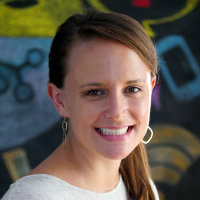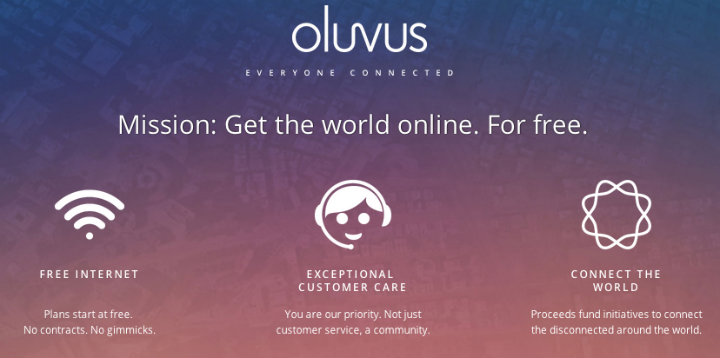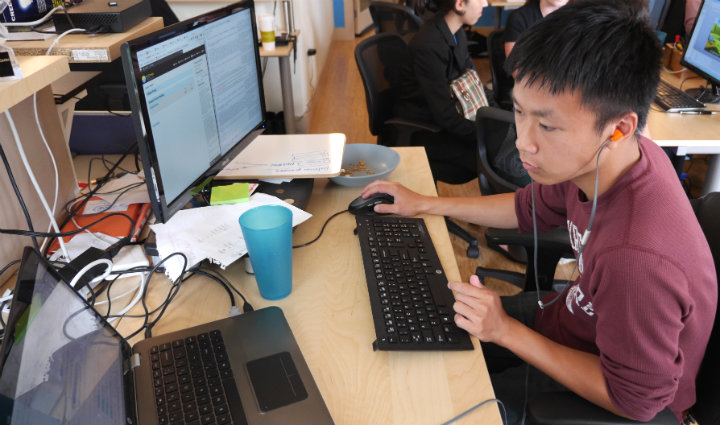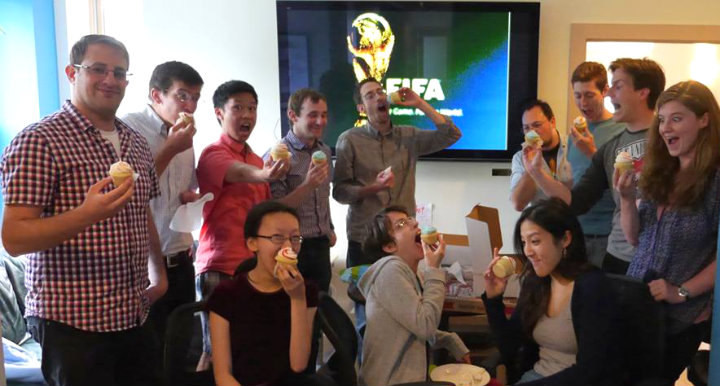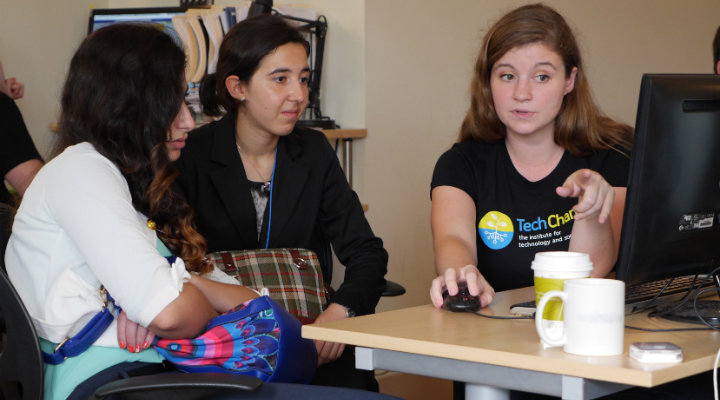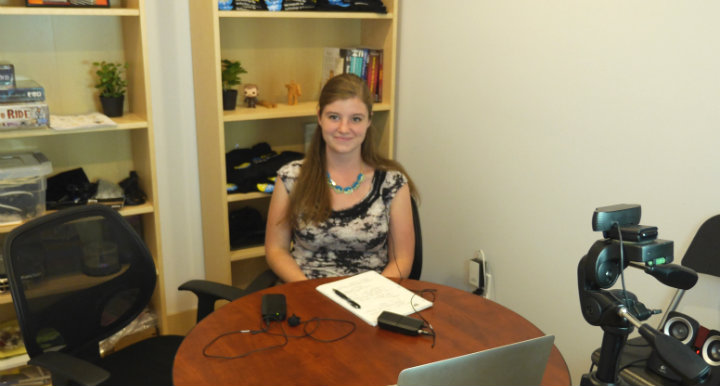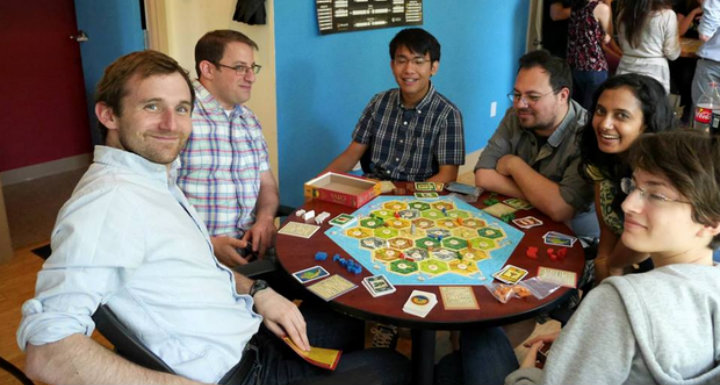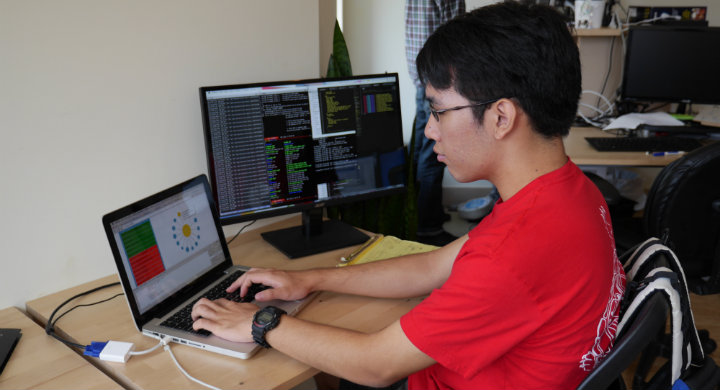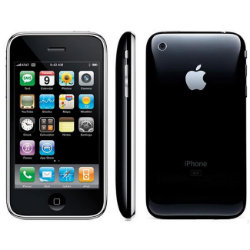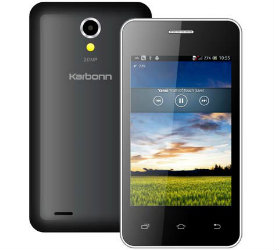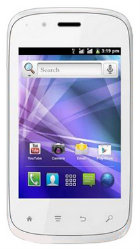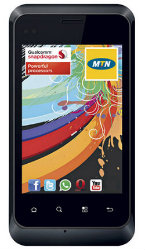Four months ago, we wrapped up our ninth TC105: Mobiles for International Development course here at TechChange. Fifty-eight participants joined us online from twenty-two different countries for our four-week course with guest experts, live events, and great discussions.
Our participants represented a variety of development and tech organization, including: DAI, Belgian Development Agency, UNICEF Nepal, Google, Vodafone, OECD, World Vision, Plan International, Mercy Corps Yemen, NYU, Michigan State University, University of Denver, Helvetas, and more!
Some highlights from the course:
-
Collaborative Learning: After a session on M-Pesa, participants shared their excitement about the possibilities for M-Pesa, especially given the large migrant worker population abroad who send remittances back home and the influx of mobile phones in Cambodia and similarly in Albania. A participant from Tanzania wrote about the wide use of M-Pesa in Tanzania and also informed other participants about the outage of M-Pesa in Kenya during the post-election violence and other complications that come with mobile money regulations.
During the mobile data session with Democracy International, participants were asked to upload surveys on a mobile data platform and share their experience. They shared the ease and difficulties they experienced using mobile surveys in different platforms like Formhub, Textit, Magpi, and ODK providing insights for each other.
-
Guest Experts: The course was facilitated by Chris Neu with a line up of eleven guest experts. Guest experts included Amy Sweeney from GeoPoll, Arjen Swank of Text to Change, Kristen Roggeman of DAI (previously with GSMA mWomen), Gabriel White of Small Surfaces, and more! With access to a great panel of speakers, the participants enjoyed asking questions and interacting with them during our live events. One of the participants even interviewed a guest speaker for her final project.
-
Final Projects: While all of the final projects were excellent, we were able to share a few with our community! Linda Warnier reflected on the role of mobile phones for My World 2015 survey. Kate DiMercurio submitted a toolkit about mobile technology for monitoring and evaluation which she then condensed into a website. Recently, Kate also published a post about mobile technology and women on ICTWorks. Farida Bena from OECD discovered during our course that her organization was already using GeoPoll so for her final project she interviewed one of the guest experts from GeoPoll, Amy Sweeney, which really showed our participant’s access to experts in the field and the collaboration that takes place in our courses.
Some of our participants summed up their experience with the course:
“The lineup of speakers is phenomenal, the tools are amazing, and the staff bring it all together on top of an online course platform that actually works. If you have interest in the ICT4D space, there is no better way to jump in than with a Tech Change course.” – Ian Reynolds, Ian Reynolds IT Services
“Week 2 had 4 great tools listed with videos/tutorials and a basic introduction to each which were very helpful for me. Being able to test them out was key for my understanding of how they worked. The background readings in week 1 were useful in understanding the context for this course. And the final project is a great way to synthesize everything from across the 4 weeks and put together something that showcases your learning.” – Kate DiMercurio, Monterrey Institute of International Studies
“Great survey course for the uninitiated. But if you’re interested in strengthening a specific area of expertise, the accessibility of experts and information is outstanding.” – Christina Eyre
“While I knew generally how mobiles could be used in development, this course really helped me realize the breadth and depth of how they can be used. Furthermore, it made realize how many considerations must be taken into account when designing a project that uses mobiles in order to create a product that is really useful for the target beneficiaries. I will be taking a lot of what I learned in this course and sharing it with colleagues for guiding future program development.” – Jacole Douglas, World Education Inc.
For our upcoming TC105 Mobiles for International Development online course, we are happy to welcome back Chrissy Martin and Amy Sweeney as guest experts in this course one more time and excited to hear from experts like Louise Guido, Steve Ollis, Jonathan Dolan, Jacob Korenblum, Louis Dorval, and Kelly Church.
Nearly two dozen people from ten different countries have already registered, representing organizations such as Task Force for Global Health, Management Sciences for Health, World Council of Credit Unions, Banyan Global, UNICEF, United Methodist Communications, Center for International Private Enterprise, Belgian Development Agency and many more!
Secure your spot in our upcoming TC105: Mobiles for International Development online course that starts on Sept 8th. Register now to save your seat!

